The Renault 21 is made from 1986 to 1994. And do you remember when you last saw one? That may have been in France last summer. Because there R21s (and R25s) function as the absolute bottom of transport by car. The Renaults that still drive there are often in poor condition.
It used to be different
The Renault 21 was presented in 1986 as the successor to the successful Renault 18 and is supplied in three body variants: a sedan, a very spacious station (21 Nevada) and a hatchback from 1989.
In March 1986, when the Renault 21 sedan was presented, the car stood out due to its special lines. The design was characterized by clean and angular lines. A striking detail was the asymmetrically placed logo on the grill.
Everything around this car was focused on comfortable driving and traveling. Even the basic versions were equipped with very luxurious soft seats and the suspension / damping was 'soft'. That did not provide dynamics, but comfort.
North south and east west
It was strange that the Renault 21 was supplied with engines that were mounted 'north-south' or 'east-west'. The 1700 cc version was mounted in the width, while the other engine variants were mounted in the length. Because the four-cylinder engines that were supplied in the Renault 21 were relatively compact, it was no problem to install the engines in the various configurations, without compromising the passenger compartment. This fragmented approach led to more production costs and resulted in a limited profitability of the Renault 21.
An international history
The production of the Renault 21 was continued after a production break in Argentina. The R21s were made there at the Renault plant in Santa Isabel. All three bodywork variants were built in Argentina in petrol and diesel versions. The Renault R21 was also produced in Turkey at the beginning of the 90 as 'Optima' (basic model), 'Manager' and top model 'Concorde'.
In North America, the R21 with the 2.2 liter engine was sold as "Medallion". The car was only for sale in 1987 for a few months, before Renault added its share American Motors Corporation (AMC) sold to Chrysler. AMC dealers were now part of Chrysler's newly created Jeep-Eagle division, and that company continued to sell the car under the name "Eagle Medallion" until 1989. The Renault 21 Phase II was sold as the Renault Etoile in Colombia between 1990 and 1995.
Are there any nice surviving Renault 21s?
The R21s were intended as comfortable mid-range vehicles. Not as collector's items for the future. And after a number of owners, such an R21 received less and less maintenance and an increasingly loving life. This summer we saw them standing and driving fairly regularly in northern France. Rusty, bumped and with panels in different colors. Many of the cars showed that they were heading for their final final rest.
Funnily enough, we also saw this phenomenon with R15s and R 17s. But let AMK number 12 now tell the story about the rebirth of such an R17. So maybe we'll see a perfect R21 later. If you have one, you can register.




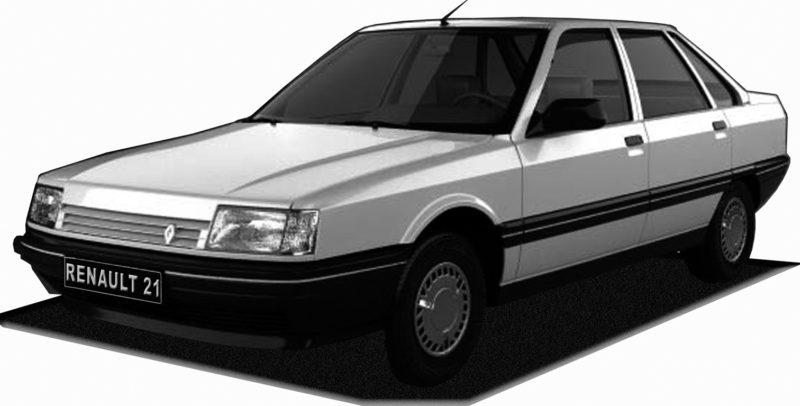
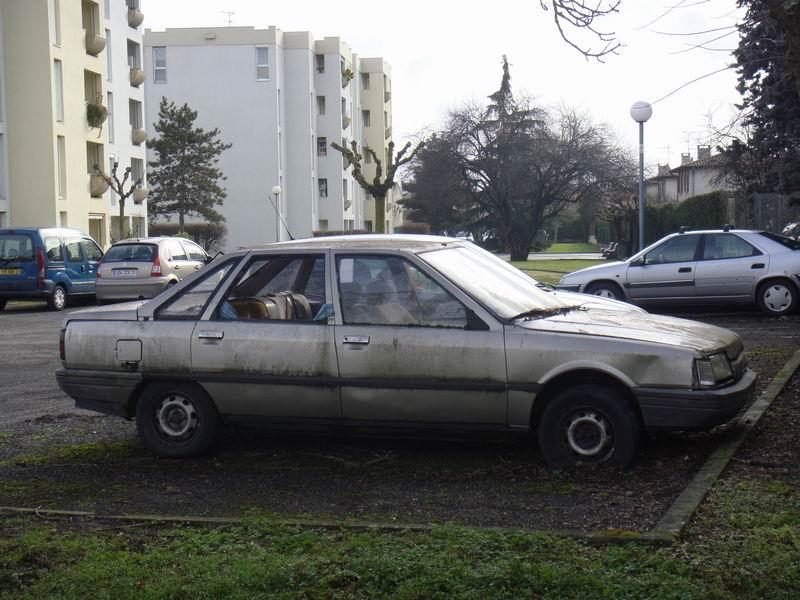

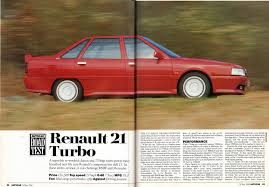
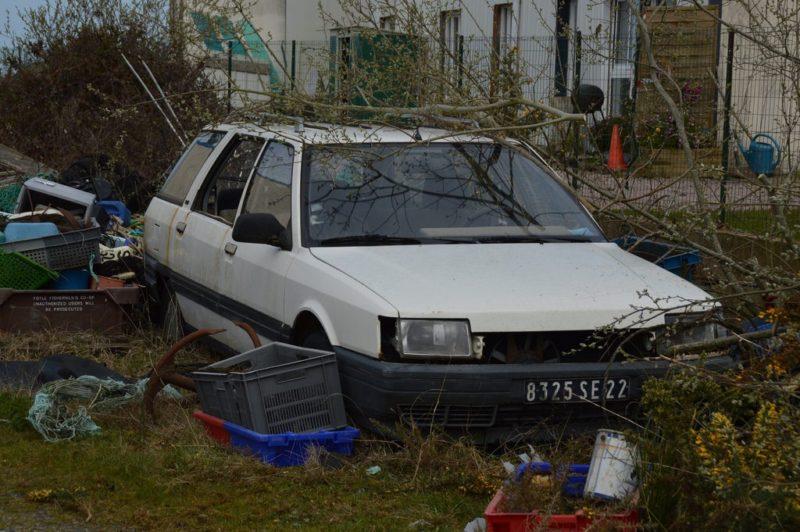
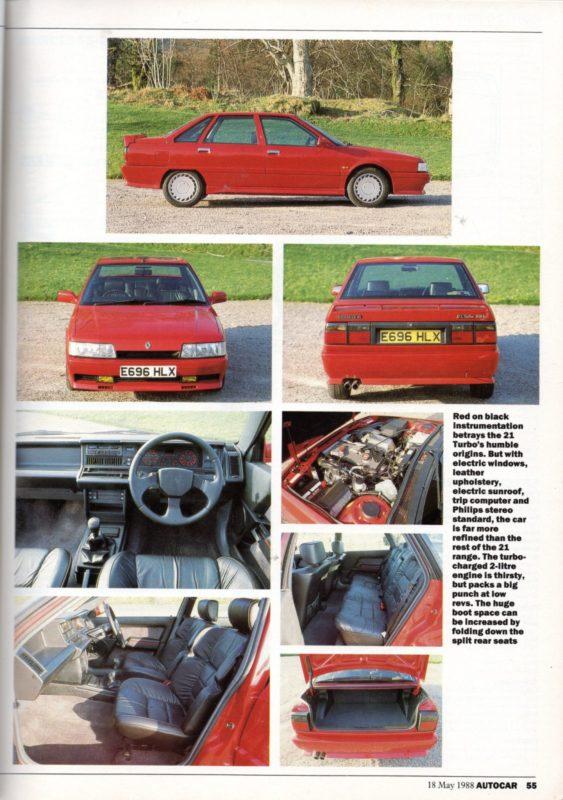
In 1994 my Nevada 2.2 cost over 48.000 guilders new, but I had it in 1997 for 11.000. Great fine car with enormous space and with pain in the heart disposed of because we had to get the lease car.
I have a 21 quadra with fully restored body with 115,000 miles in lreland
Hello
I found a real 21 in Belgium as new with only 130ooo km in the old man's garage
No scratch and yes from first owner
I'm going to buy it and drive it is a hatsback TXE type
greetings because i'm in a hurry to drive and photos where places ????
Geert